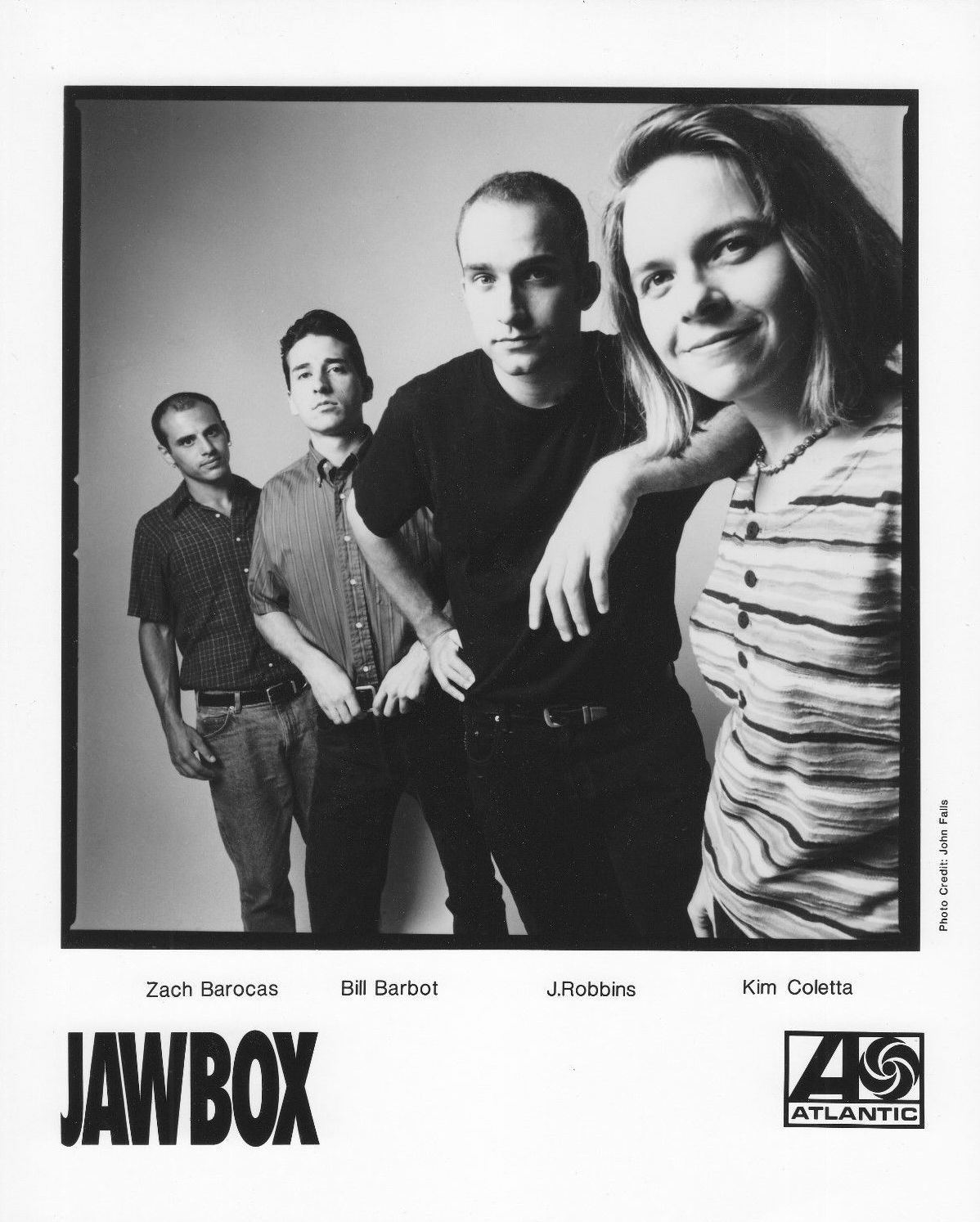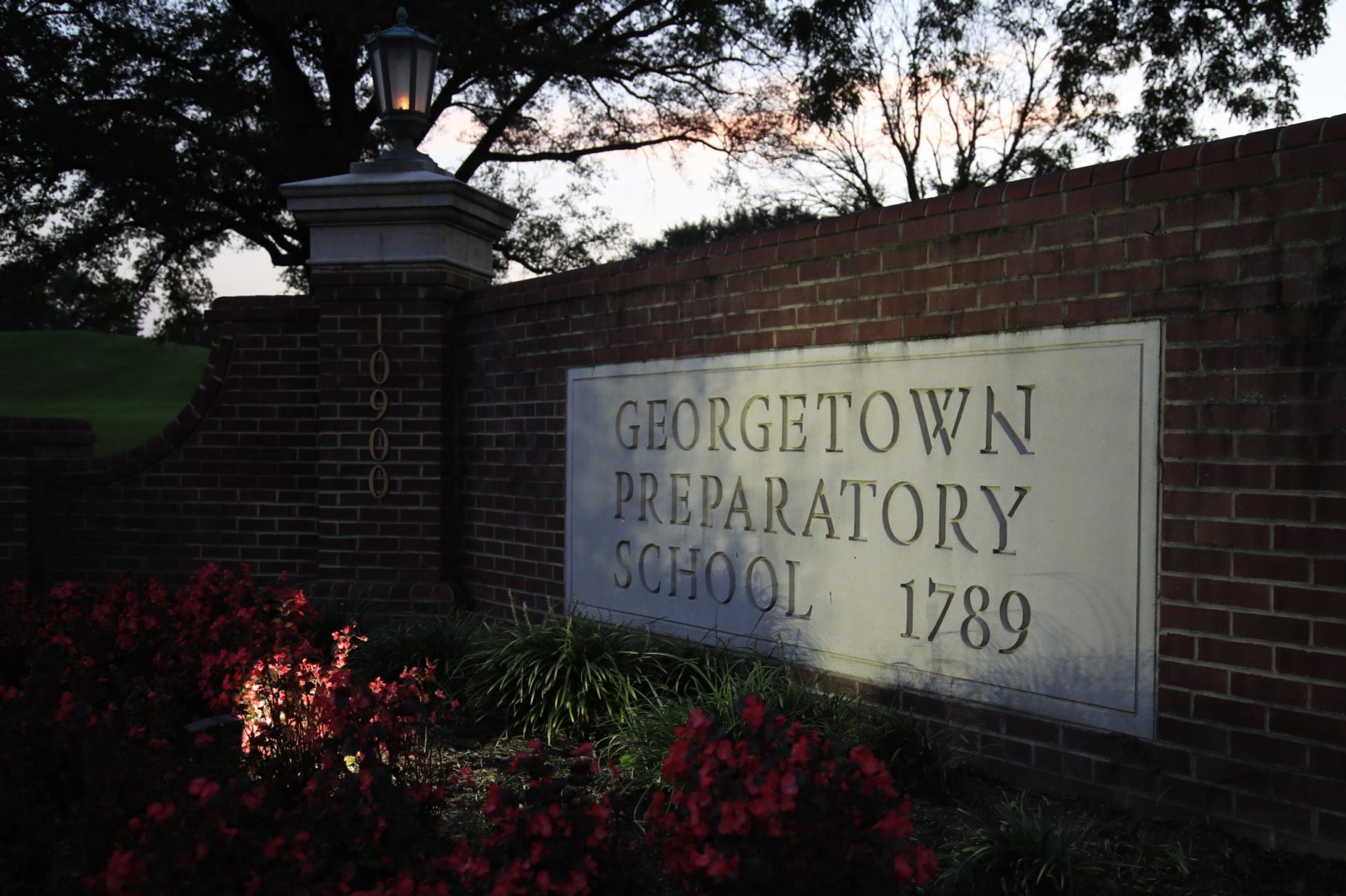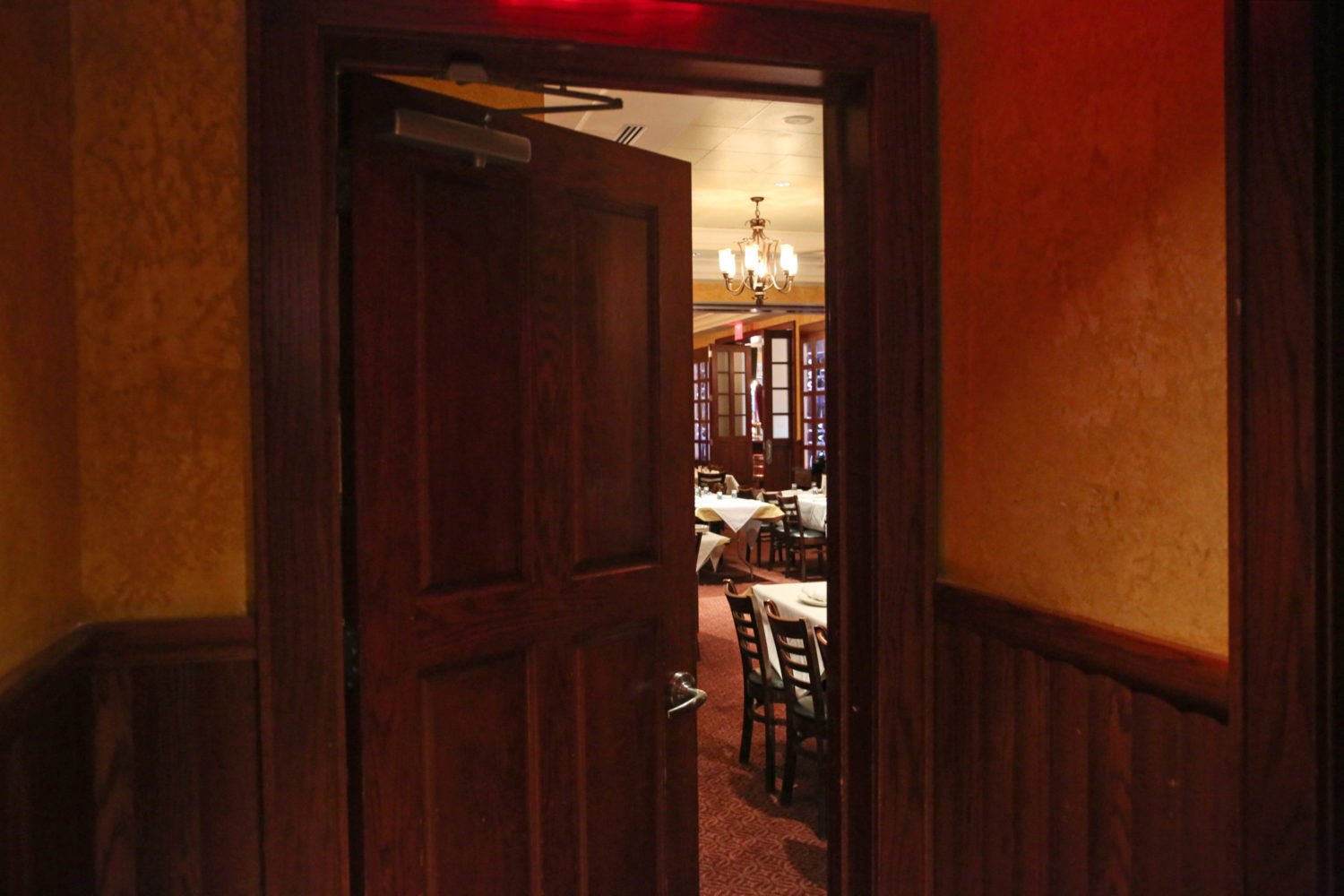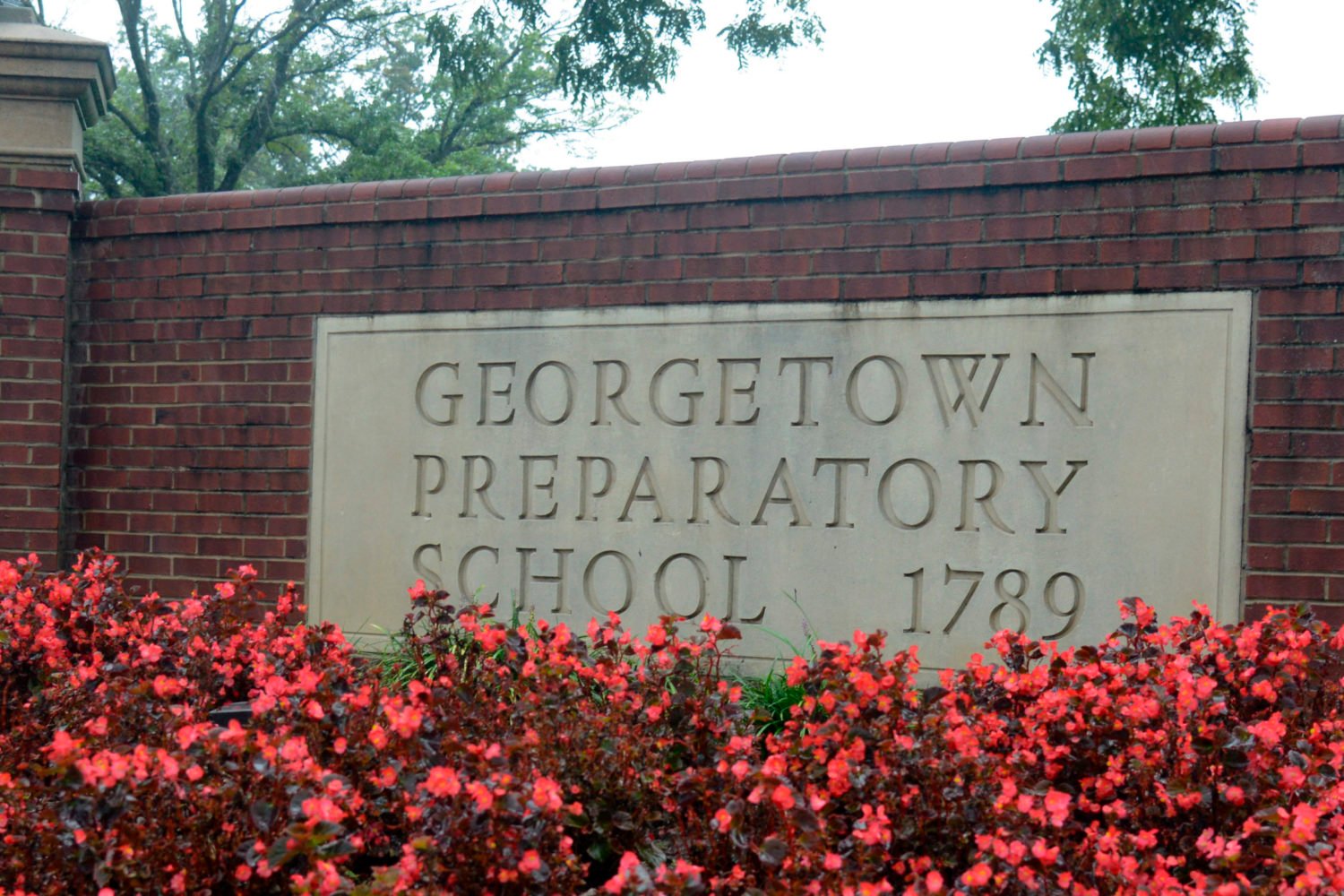Brett Kavanaugh‘s senior yearbook page is now famous, another docket entry in the case that the Supreme Court nominee was, at the very least, quite an asshole when he attended Georgetown Prep. On it, he claims ownership of some standard high school activities–varsity football, basketball, and spring track–but many more attempts at humor that, well, let’s be generous and say they haven’t aged well. “Landon Rocks and Bowling Alley Assault — What a Night,” “Keg City Club (Treasurer) — 100 Kegs or Bust,” “Beach Week Ralph Club — Biggest Contributor.”
Then there’s even more iffy stuff that mentions women by name, including “Maureen — Tainted Whack” and “Renate Alumnius,” the subject of a recent story in the New York Times.
That article quoted Bill Barbot, who attended Prep around the same time as Kavanaugh, Mark Judge, and Neil Gorsuch. It’s been quite a week of media appearances for Barbot, the president of the DC digital agency Threespot who older readers (like me) might remember better as a guitarist for the Dischord band Jawbox. He made a cameo in a Washington Post story about the echoes of their own experiences Prep alumni hear in the claims against Kavanaugh, and he appeared on Kojo Monday.
In all these venues, Barbot’s been blunt about the school’s shortcomings, and indeed in a phone conversation Tuesday he was unsparing when he described how Prep taught its students about alcohol and drugs as well as what he and his peers learned about consent, which was pretty much nothing. “Consent as a concept did not even exist,” Barbot says. “It was not in our lexicon.” Nor does he remember students learning about how to handle alcohol, “the drug of choice” for many students at the time, one reasonably easy to obtain across the District line.
Barbot and I are about the same age. I went to a public high school in Arlington and remember hearing lots of stories about dreadful behavior, often accelerated by alcohol obtained across the river, and a social geography that was very tricky to navigate. Still, schools like Prep were so outside my ken that I wanted to ask Barbot about his experience there, and also what all that crap in Kavanaugh’s yearbook means.
Basically, dumb inside jokes. “A lot of times any random experience is turned into a club,” Barbot says, reminding me that there were few other ways at the time to memorialize experiences: “you can’t go back and check the Instagrams.” Barbot says he can’t speak to the specifics of Kavanaugh’s page, “but just in general we all just made up dumb stuff to put on our pages to make us look more fun than we actually were.”
Barbot says he “fancied myself a renaissance man in high school.” He ended up at Prep after Montgomery County repeatedly changed the school district lines near his home in Silver Spring, and his parents were concerned that he wouldn’t finish high school at the place he started. At the school, he went out for wrestling but also found inroads with quieter types, taking AP Latin and calculus and making up names of bands that he’d like to be in. Eventually he even found people he could play music with, and he also found bottled trouble.

“I was in a cover band, and I hung out with my nerds, I hung out with my people and ended up partying quite a bit, and that’s something I have a lot of regrets about,” Barbot says. “When you’re 16 or 17 you think you’re the king of the world.” The drinking age in DC at the time was 18, and fake IDs were fairly easy to obtain. “We thought we were capable of handling this like grownups and we totally weren’t,” Barbot says.
Barbot nonetheless feels like a lot of the portrayals of Prep that have emerged since Christine Blasey Ford accused Kavanaugh of sexual assault in the early ’80s reduce life during that time to a cartoon. It wasn’t exactly like Revenge of the Nerds, where the lines between jocks and dorks were impermeable. His graduating class had just over 100 people, he notes, and he says he enjoyed good relationships with a lot of people on the football team: “They weren’t all these horrible lunkheads. There was definitely lunkheaded behavior, but there were good guys who were football players.”
He was a freshman during Kavanaugh’s senior year. “Brett was a big man on campus. He was a football player, he was captain of the basketball team. I knew who Mark Judge was by reputation and Brett by reputation. You couldn’t not know who they were.” They were, in other words, among the stars of the senior class. The school was big enough to accommodate subcultures but small enough to foster a feeling that everyone was on the same team.
It also wasn’t diverse in any notable ways, Barbot says, even though as a Protestant he shared something of a bond with Jewish and Muslim kids who were outside the school’s faith. He says he really enjoyed learning about Catholicism, which “had some flavor” compared to the “vanilla” church he experienced as a Methodist.
His mixed feelings about the school strengthened later on. Among the student body, there was almost nothing resembling diversity as we recognize the concept now. And sexuality was something of a third rail. Several of his classmates came out after they graduated—”It would have been miserable to for a boy to be an out gay, trans, or gender-fluid person and be at Prep in the ’80s.” (For what it’s worth, I doubt it would have been considerably easier at the time for kids in my public school.)
But where he feels Prep particularly failed was teaching about the “million shades of gray” and nuance of human sexuality. The overwhelming message, he says, was stay a virgin. He argues this makes a kind of economic sense: “You have to remember that private schools are a business,” Barbot says. “The parents are the customers.” If they demanded comprehensive sex ed, the school probably would have come up with something.
Drug and alcohol use was likewise glossed over, in his recollection. He’s pretty sure his parents knew and the school knew that students were raging in their off-hours and that it had a “social culture very much fueled by drugs and alcohol.”
For Barbot, this reflects another kind of geography: The difference between kids from close-packed neighborhoods like his in Silver Spring and kids from the big houses in Bethesda and Potomac. While he tried mightily to get away with boozy antics (and sometimes succeeded), it was just easier for people who didn’t have neighbors keeping an eye on them and parents whose wealth could be a sign that they were very busy people. Rich kids also tended to have cars, which made liquor runs across Western Avenue much easier. “All these factors pointed to a situation that was bound to result in bad behavior, illegal behavior,” he says. “From drunk driving all the way up through nonconsensual sex and abuse.”
He needed to get to a meeting, and I still didn’t have much on Kavanaugh’s yearbook. One thing to remember, he says, is that Neil Gorsuch was at Prep at the same time. “He was a bit of a doofus,” Barbot says, describing him as a Reagan Republican nerd, a debate, club guy. If he heard about similar allegations about Gorsuch, he says, he’d be shocked. So what about Kavanaugh? “I have no evidence to cast aspersions on what he did and did not do. I was not at that party. When you drink enough you’re capable of a lot of stuff you can’t remember. The reaction to run away from it really does not seem like a smart move to my mind for him. If there’s really nothing there, what’s the rush?”


















